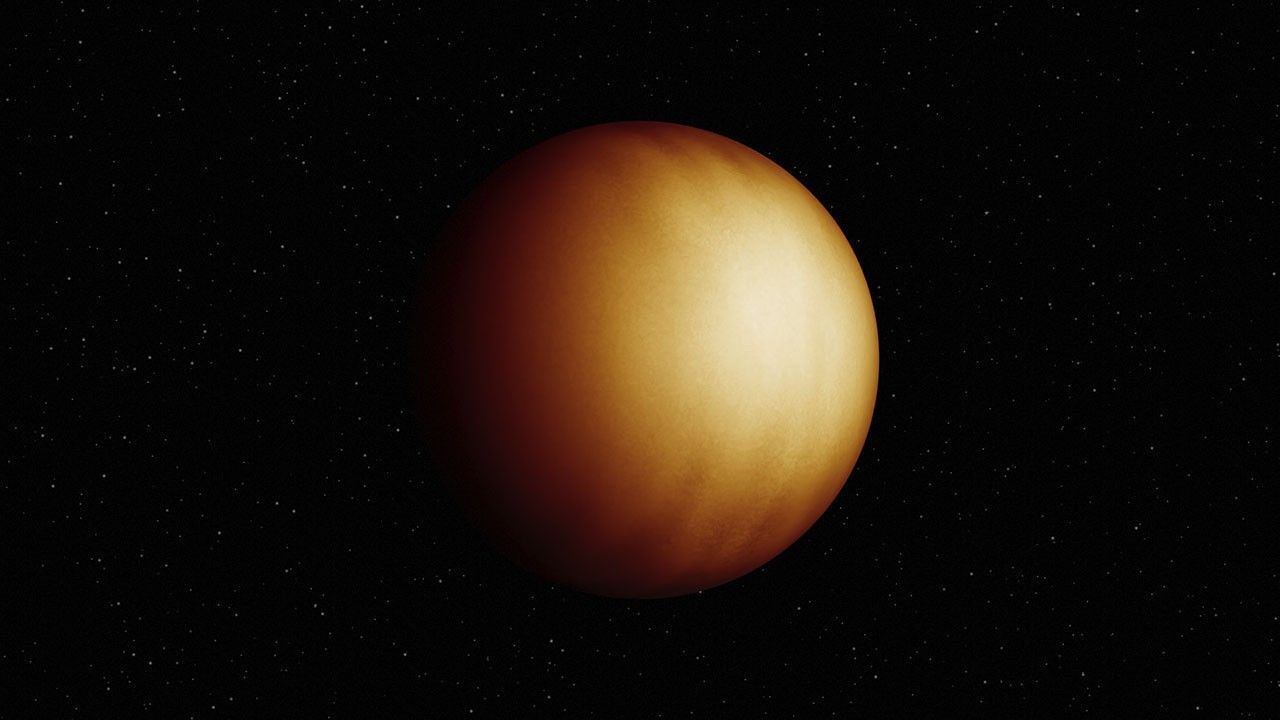Astronomers have achieved a groundbreaking feat with the James Webb Space Telescope (JWST). They created the first-ever 3D map of an exoplanet’s atmosphere using an innovative technique called 3D eclipse mapping. This pioneering method allows scientists to study distant worlds in remarkable detail, revealing the atmospheric layers and dynamic processes that shape these alien planets.

Unveiling an Extreme Alien World
The focus of this study is an exoplanet so hot that its blistering temperatures break apart water molecules in its atmosphere. By mapping the planet during its eclipse — when it passes behind its star — JWST provided scientists with a comprehensive view of temperature and chemical changes across the planet’s surface. This level of detail marks a major leap forward in exoplanet research, opening the door to understanding the climates and compositions of worlds beyond our solar system.
What’s Next for Exoplanet Exploration?
With this success, researchers are excited about the potential of 3D eclipse mapping. This technique could soon be used to analyze other exoplanets, helping to unlock secrets about planetary formation, weather patterns, and habitability in the universe.